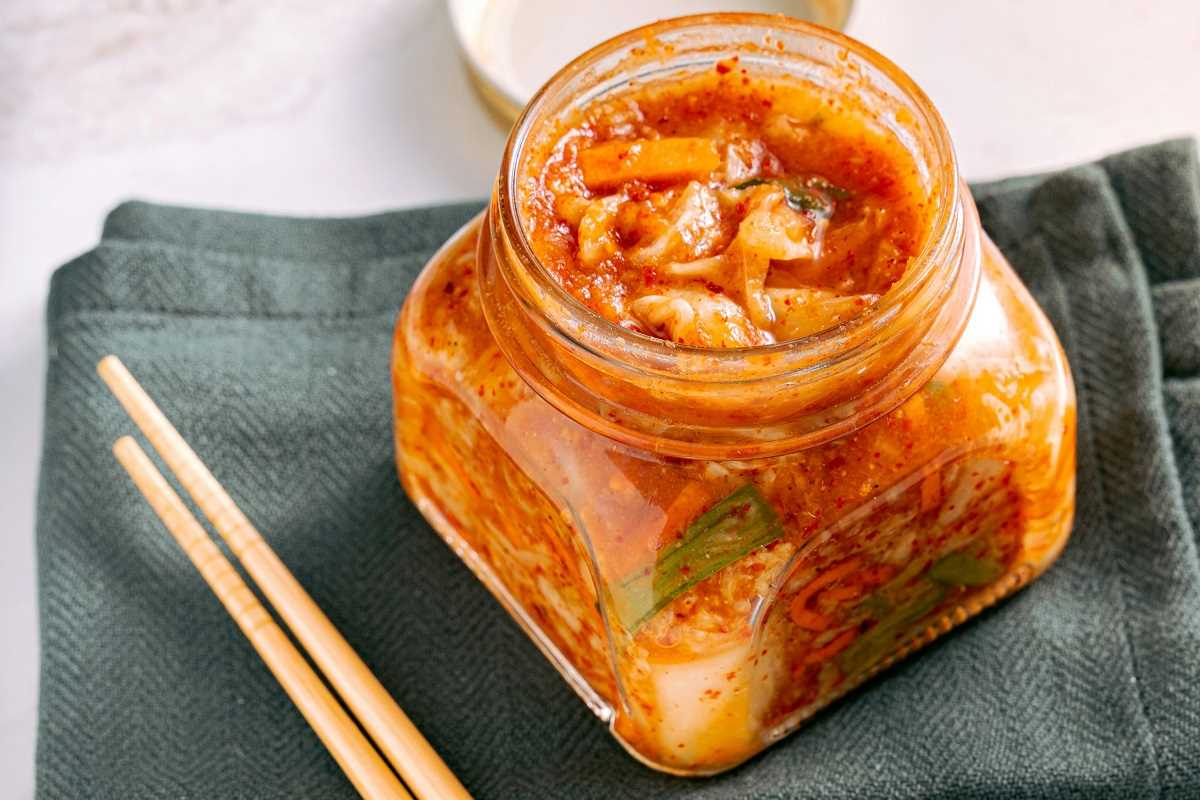Fermentation is one of the oldest methods of food preservation, dating back thousands of years. It transforms simple ingredients into nutrient-rich, flavorful dishes while extending their shelf life. Whether you’re a budding home cook or simply a lover of global cuisine, mastering fermentation opens the door to a world of health benefits and cultural exploration. From tangy vegetables to fizzy drinks, fermented foods delight the palate and support a healthy gut.
This guide introduces 10 incredible fermented foods along with their unique characteristics, cultural roots, and tips for enjoying them.
What Is Fermentation?
Fermentation is the process by which microorganisms like bacteria, yeast, and fungi break down sugars and starches in food. This transformation produces beneficial compounds like lactic acid, acetic acid, and alcohol, which act as natural preservatives. Alongside preservation, fermentation enhances food's nutritional value, often increasing levels of vitamins, probiotics, and digestive enzymes.
Benefits of Fermented Foods:
- Gut Health: Fermented foods support a diverse gut microbiome, improving digestion and boosting immunity.
- Nutrient Absorption: Fermentation enhances the bioavailability of vitamins and minerals.
- Rich Flavors: Fermentation adds depth, complexity, and umami to foods, making them irresistibly flavorful.
Now, let's explore 10 fascinating fermented foods that deserve a spot in your kitchen.
1. Sauerkraut
Sauerkraut, which means "sour cabbage" in German, is a staple in Eastern European cuisine. Made from just cabbage and salt, this fermented dish undergoes a lactic acid fermentation process that gives it its signature tangy flavor.
Cultural Significance:
Sauerkraut has long been valued as a source of vitamin C, especially during winter months. Historically, it was a vital food for sailors to prevent scurvy on long sea voyages.
Tips for Making or Using It:
- Massage shredded cabbage with salt until it releases liquid. Pack tightly in a jar, ensuring the cabbage is submerged, and ferment for 1-3 weeks.
- Pair sauerkraut with grilled sausage, use it as a sandwich topping, or mix it into salads for added crunch.
2. Kimchi
Kimchi is Korea’s beloved fermented vegetable dish, traditionally made with Napa cabbage, radishes, gochugaru (Korean chili flakes), garlic, and ginger. Spicy, tangy, and loaded with probiotics, kimchi is a versatile accompaniment to countless meals.
Cultural Significance:
Kimchi is deeply woven into Korean identity and cuisine, with regional and seasonal variations showcasing its diversity. It’s often prepared in large batches during "kimjang," an annual communal event.
Tips:
- Incorporate kimchi into fried rice, soups, or even grilled cheese sandwiches.
- To make it, coat cabbage with a spicy mixture of gochugaru, garlic, and fish sauce, then ferment for 1-2 weeks.
3. Kombucha
Kombucha is a fizzy, slightly tart fermented tea that’s grown increasingly popular worldwide. Made by fermenting sweetened tea with a SCOBY (Symbiotic Culture of Bacteria and Yeast), this drink is full of gut-friendly probiotics.
Cultural Significance:
Kombucha has roots in ancient China, where it was known as the “tea of immortality.”
Tips:
- Experiment with flavoring your kombucha using ginger, fruit, or herbs during the second fermentation.
- Always ensure proper hygiene to prevent contamination when brewing at home.
4. Miso
A key ingredient in Japanese cooking, miso is a savory paste made from fermented soybeans, salt, and koji mold. Its rich, umami flavor makes it a versatile addition to soups, marinades, and dressings.
Cultural Significance:
Miso has been a dietary staple in Japan for over a thousand years, with regional varieties offering different flavors and textures.
Tips:
- Add miso at the end of cooking to avoid killing its beneficial probiotics.
- Try using miso to make a comforting bowl of miso soup or to season roasted vegetables.
5. Yogurt
Yogurt is one of the most widely loved fermented foods, made by fermenting milk with live bacterial cultures like Lactobacillus and Bifidobacterium. It’s creamy, tangy, and perfect for breakfast, snacks, or desserts.
Cultural Significance:
From the Middle East to Europe, yogurt has been cherished for centuries as a versatile food with health benefits. It also plays a role in traditional dishes like tzatziki and raita.
Tips:
- Choose plain, unsweetened yogurt with “live and active cultures” listed on the label.
- Use yogurt as a smoothie base, salad dressing ingredient, or a marinade for tenderizing meats.
6. Sourdough Bread
Sourdough bread is made using a natural fermentation process involving wild yeast and lactic acid bacteria. The result is a chewy loaf with a slightly tangy flavor and airy texture.
Cultural Significance:
Sourdough baking dates back to ancient Egypt and is considered one of the oldest forms of leavened bread.
Tips:
- Feed and maintain your sourdough starter regularly for consistent results when baking.
- Enjoy sourdough topped with avocado, or use it as the base for gourmet sandwiches.
7. Tempeh
Hailing from Indonesia, tempeh is a dense, nutty-tasting product made from fermented soybeans bound together by mycelium (fungus). It’s a protein-rich, plant-based meat alternative that works well in stir-fries and sandwiches.
Cultural Significance:
Tempeh is not just food in Indonesia but a symbol of resourcefulness, as it transforms soybeans into a nutrient-packed staple.
Tips:
- Steam or sauté tempeh before using it to reduce bitterness.
- Marinate tempeh in soy sauce, garlic, and ginger for a flavorful meal.
8. Natto
Natto, a traditional Japanese fermented soybean dish, is known for its sticky texture and strong, earthy flavor. While it’s an acquired taste, natto is celebrated for its high protein and vitamin K2 content, which supports bone and cardiovascular health.
Cultural Significance:
For centuries, natto has been a breakfast staple in Japan, often served over rice with soy sauce and mustard.
Tips:
- Mix natto with scallions, soy sauce, and a raw egg for a traditional Japanese experience.
9. Pickles (Lacto-Fermented)
Not all pickles are fermented, but lacto-fermented cucumbers offer a tangy, probiotic-rich alternative to their vinegar-packed counterparts. They are crisp, sour, and simple to make at home.
Cultural Significance:
Fermented pickles have been central to culinary traditions in Eastern Europe, the Middle East, and beyond.
Tips:
- Use fresh cucumbers, saltwater brine, and dill for a classic dill pickle. Allow the cucumbers to ferment at room temperature for 1-2 weeks.
10. Kvass
Kvass, a traditional fermented drink from Eastern Europe, is made using rye bread or beets. It has a mild, tangy flavor and is often consumed as a digestive tonic.
Cultural Significance:
Kvass has been a beloved beverage in Slavic countries for centuries, offering both refreshment and nourishment.
Tips:
- Make beet kvass by fermenting chopped beets in salted water for 3-5 days. It’s excellent as a drink or soup base.
 (Image via
(Image via





